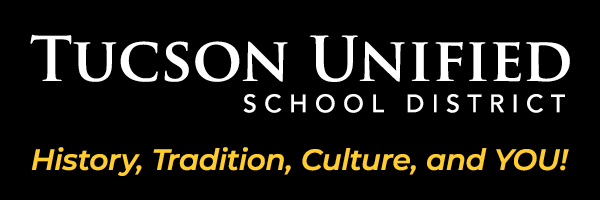Algebra 2 Course
Question 1: How do different types of functions model and explain real-world phenomena?
Question 2: How do algebraic techniques and reasoning help us solve complex problems and make predictions?
Did you know that the path of a thrown football and the growth of our savings account have something in common? They can both be described using the powerful language of functions! We learn to visualize these functions as graphs, understanding how straight lines represent constant rates of change, while parabolic curves show varying rates. The quarter introduces key concepts like slopes, intercepts, and vertices, teaching us to interpret these features in real-world contexts. As we progress, we tackle systems of equations, finding where lines intersect, and dive into more complex quadratic equations, using techniques like factoring and the quadratic formula. Some problems even lead to imaginary solutions, expanding our mathematical horizons. By the end of the quarter, we gain the ability to analyze graphs, create equations, and solve real-world problems using our new algebraic tools. We come to see functions not just as abstract math, but as a powerful way to understand and model how things change and relate to each other in the world around us, setting the stage for more advanced concepts in the quarters to come.

Ever wonder how mathematicians predict the spread of a virus or calculate the optimal shape of a satellite dish? The answer lies in polynomials and rational functions! In the second quarter of Algebra 2, we expand our skills beyond linear and quadratic functions to include polynomials and rational expressions. We learn to manipulate these expressions, factoring polynomials and simplifying rational functions, similar to our work with simpler equations in Quarter 1. The concept of closure is extended to polynomials, showing that adding, subtracting, and multiplying them results in another polynomial. We explore rational expressions like fractions with polynomials, discovering how to rewrite them to reveal important features such as zeros and asymptotes. We also revisit complex numbers, building on our earlier introduction in Quarter 1. Throughout this quarter, we apply our skills to real-world problems, seeing how these advanced functions model complex phenomena in various fields. By the end, we gain a richer understanding of the diverse "family" of functions and their interconnections, preparing for even more sophisticated concepts in the latter half of the year.

What do the growth of a bacterial colony, the decay of radioactive materials, and the spiral of a nautilus shell have in common? They're all described by the fascinating functions we'll explore this quarter! The third quarter of Algebra 2 takes us on an exciting journey into the world of radical, exponential, and logarithmic functions, building upon foundational concepts from Quarter 1 and Quarter 2. We learn to manipulate and graph these new function types, discovering how they can model a wide range of real-world phenomena involving rapid growth or decay. We explore the properties of exponents, extending our understanding to include rational exponents and radicals, connecting back to our earlier work with square roots. The concept of inverse functions, briefly touched upon with linear functions in Quarter 1, is now fully developed, with us learning how exponential and logarithmic functions are inverses of each other. This quarter also introduces sequences and series, showing how these can be viewed as special types of functions used to model situations involving repeated growth or decay. Throughout the quarter, we continue to hone our problem-solving skills, applying these new functions to increasingly complex real-world scenarios. By the end, we have significantly expanded our understanding of the diverse "family" of functions, seeing how each new type relates to and builds upon those we've studied before, and how these mathematical tools can describe and predict a wide array of natural and man-made phenomena.

Have we ever wondered how GPS systems pinpoint our location, how pollsters predict election outcomes? The fourth quarter of Algebra 2 brings the year full circle, introducing trigonometric functions alongside probability and statistics. This quarter ties together and extends concepts from previous quarters, creating a comprehensive view of algebraic thinking. We explore the unit circle, connecting it to the coordinate plane used since Quarter 1. We learn how sine, cosine, and tangent functions model periodic phenomena, just as we used other functions to model various situations earlier. The quarter shifts to probability and statistics, where we apply our function knowledge to understand probability distributions. We learn to use mean and standard deviation to describe data sets, building on our earlier work with equations and inequalities. The concept of statistical significance is introduced, teaching us how to make inferences from data—an essential skill in many fields. Throughout this quarter, we solve real-world problems with a broader set of mathematical tools. We see how the various functions we studied throughout the year—from linear and quadratic in Quarter 1, to polynomial and rational in Quarter 2, to exponential and logarithmic in Quarter 3—help us analyze data and probability. By the end of the quarter, we have a rich, interconnected understanding of algebra, equipped with powerful tools to model and analyze a wide range of phenomena.

We are here to equip, inspire and enrich the strengths of all learners with relevant educational experiences for lifelong learning.
Every day we strive to provide a world-class education that is equitable, empowering and inspiring for all.
Learn more about our programs & resources.
C&I Department
520-225-6282
1010 E. Tenth St., Tucson, AZ 85719 Map (google.com)




